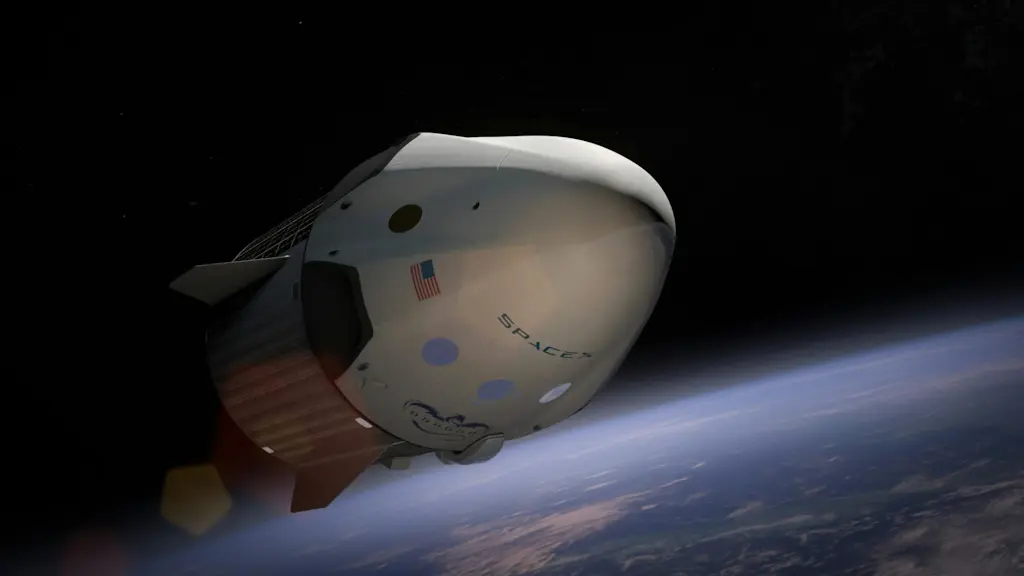SpaceX's Crew-2 mission successfully docked its Crew Dragon spacecraft with the International Space Station (ISS) for a six-month mission. Four astronauts from NASA, JAXA, and ESA will conduct scientific experiments, including tests on "tissue chips" to accelerate drug and vaccine discovery.

A SpaceX Crew Dragon spacecraft, carrying four astronauts, successfully docked with the International Space Station (ISS) early Saturday to begin its six-month mission, NASA announced.
Known as Crew-2, this marks SpaceX's third astronaut mission under NASA’s Commercial Crew Program. Onboard are NASA’s Shane Kimbrough and Megan McArthur, Akihiko Hoshide from Japan’s JAXA, and Thomas Pesquet, a French aerospace engineer from ESA. The ISS orbits the Earth at more than 17,000 miles per hour, roughly 250 miles above the surface.
The mission began with the launch of a Falcon 9 rocket early Friday, which had previously been used for SpaceX's Crew-1 mission in 2020. The rocket carried Endeavour, the same Crew Dragon capsule used for SpaceX's debut astronaut mission last year, on its 24-hour journey to the ISS.
The astronauts were welcomed aboard by the Expedition 65 crew, including NASA's Shannon Walker, Michael Hopkins, Victor Glover, and Mark Vande Hei, along with JAXA’s Soichi Noguchi and Roscosmos cosmonauts Oleg Novitskiy and Pyotr Dubrov. Their arrival brings the number of people aboard the ISS to 11, a milestone not seen since the space shuttle era.
Kimbrough, McArthur, Hoshide, and Pesquet will spend the next six months conducting scientific experiments. One of the key areas of focus is “tissue chips,” small models of human organs that behave like real organs in the body. These chips could help speed up the process of identifying drugs or vaccines.
This mission also marks the first time SpaceX has reused a spacecraft for a crewed mission, continuing its efforts to save time and money in space exploration by reusing Falcon 9 rockets and uncrewed Dragon capsules.
Source : The Verge